Philip Kearey, Michael Brooks, Ian Hill0-632-04929-4
The mathematics required in order to understand the text is purposely kept to a minimum, so the book is suitable for courses taken in geophysics by all undergraduate students. It will also be of use to postgraduate students who might wish to include geophysics in their studies and to all professional geologists who wish to discover the breadth of the subject in connection with their own work.
Table of contents :
An Introduction to Geophysical Exploration, 3e……Page 2
Contents……Page 8
Preface……Page 12
1.2 The survey methods……Page 14
1.3 The problem of ambiguity in geophysical interpretation……Page 19
1.4 The structure of the book……Page 20
2.2 Digitization of geophysical data……Page 21
2.3 Spectral analysis……Page 23
2.4.1 Convolution……Page 26
2.4.3 Correlation……Page 29
2.5 Digital filtering……Page 30
2.5.1 Frequency filters……Page 31
2.6 Imaging and modelling……Page 32
Further reading……Page 33
3.2 Stress and strain……Page 34
3.3 Seismic waves……Page 35
3.3.1 Body waves……Page 36
3.3.2 Surface waves……Page 37
3.3.3 Waves and rays……Page 38
3.4 Seismic wave velocities of rocks……Page 39
3.5 Attenuation of seismic energy along ray paths……Page 40
3.6.1 Reflection and transmission of normally incident seismic rays……Page 41
3.6.2 Reflection and refraction of obliquely incident rays……Page 43
3.6.4 Diffraction……Page 44
3.7 Reflection and refraction surveying……Page 45
3.8 Seismic data acquisition systems……Page 46
3.8.1 Seismic sources and the seismic/acoustic spectrum……Page 47
3.8.2 Seismic transducers……Page 52
3.8.3 Seismic recording systems……Page 54
Further reading……Page 55
4.2.1 Single horizontal reflector……Page 56
4.2.2 Sequence of horizontal reflectors……Page 58
4.2.3 Dipping reflector……Page 59
4.2.4 Ray paths of multiple reflections……Page 60
4.3.1 The seismic trace……Page 61
4.3.2 The shot gather……Page 62
4.3.3 The CMP gather……Page 63
4.4 Multichannel reflection survey design……Page 64
4.4.1 Vertical and horizontal resolution……Page 65
4.4.2 Design of detector arrays……Page 66
4.4.3 Common mid-point (CMP) surveying……Page 69
4.6 Static correction……Page 70
4.7 Velocity analysis……Page 72
4.8 Filtering of seismic data……Page 74
4.8.2 Inverse filtering (deconvolution)……Page 75
4.8.3 Velocity filtering……Page 78
4.9 Migration of reflection data……Page 80
4.10 3D seismic reflection surveys……Page 85
4.11 Three component (3C) seismic reflection surveys……Page 89
4.12 4D seismic surveys……Page 90
4.13 Vertical seismic profiling……Page 92
4.14 Interpretation of seismic reflection data……Page 93
4.14.1 Structural analysis……Page 94
4.14.2 Stratigraphical analysis (seismic stratigraphy)……Page 95
4.14.3 Seismic modelling……Page 97
4.14.4 Seismic attribute analysis……Page 98
4.15 Single-channel marine reflection profiling……Page 99
4.15.1 Shallow marine seismic sources……Page 102
4.15.2 Sidescan sonar systems……Page 103
4.16 Applications of seismic reflection surveying……Page 105
Problems……Page 110
Further reading……Page 111
5.2 Geometry of refracted ray paths: planar interfaces……Page 112
5.2.1 Two-layer case with horizontal interface……Page 113
5.2.2 Three-layer case with horizontal interface……Page 114
5.2.4 Dipping-layer case with planar interfaces……Page 115
5.2.5 Faulted planar interfaces……Page 117
5.3 Profile geometries for studying planar layer problems……Page 118
5.4.1 Delay time……Page 119
5.4.2 The plus–minus interpretation method……Page 121
5.4.3 The generalized reciprocal method……Page 122
5.6 The hidden and blind layer problems……Page 123
5.8.1 Field survey arrangements……Page 125
5.8.2 Recording scheme……Page 126
5.8.3 Weathering and elevation corrections……Page 127
5.9 Other methods of refraction surveying……Page 128
5.10 Seismic tomography……Page 130
5.11.1 Engineering and environmental surveys……Page 132
5.11.3 Crustal seismology……Page 133
5.11.4 Two-ship seismic surveying: combined refraction and reflection surveying……Page 135
Problems……Page 136
Further reading……Page 137
6.2 Basic theory……Page 138
6.4 Measurement of gravity……Page 139
6.5 Gravity anomalies……Page 142
6.6 Gravity anomalies of simple-shaped bodies……Page 143
6.7 Gravity surveying……Page 145
6.8.2 Latitude correction……Page 146
6.8.3 Elevation corrections……Page 147
6.8.6 Free-air and Bouguer anomalies……Page 149
6.9 Rock densities……Page 150
6.10.2 Regional fields and residual anomalies……Page 152
6.10.3 Direct interpretation……Page 153
6.10.4 Indirect interpretation……Page 155
6.11 Elementary potential theory and potential field manipulation……Page 157
6.12 Applications of gravity surveying……Page 160
Problems……Page 163
Further reading……Page 166
7.2 Basic concepts……Page 168
7.3 Rock magnetism……Page 171
7.4 The geomagnetic field……Page 172
7.5 Magnetic anomalies……Page 173
7.6.2 Fluxgate magnetometer……Page 175
7.6.3 Proton magnetometer……Page 176
7.8 Aeromagnetic and marine surveys……Page 177
7.9.1 Diurnal variation correction……Page 178
7.10.1 Introduction……Page 179
7.10.2 Direct interpretation……Page 181
7.10.3 Indirect interpretation……Page 183
7.11 Potential field transformations……Page 185
7.12 Applications of magnetic surveying……Page 186
Problems……Page 193
Further reading……Page 194
8.2.2 Resistivities of rocks and minerals……Page 196
8.2.3 Current flow in the ground……Page 197
8.2.5 Resistivity surveying equipment……Page 199
8.2.6 Interpretation of resistivity data……Page 200
8.2.7 Vertical electrical sounding interpretation……Page 201
8.2.8 Constant separation traversing interpretation……Page 206
8.2.10 Applications of resistivity surveying……Page 209
8.3.2 Mechanisms of induced polarization……Page 212
8.3.3 Induced polarization measurements……Page 213
8.3.5 Interpretation of induced polarization data……Page 214
8.3.6 Applications of induced polarization surveying……Page 215
8.4.3 Self-potential equipment and survey procedure……Page 216
8.4.4 Interpretation of self-potential anomalies……Page 217
Problems……Page 218
Further reading……Page 220
9.2 Depth of penetration of electromagnetic fields……Page 221
9.4 Tilt-angle methods……Page 222
9.4.2 The VLF method……Page 223
9.5 Phase measuring systems……Page 225
9.6 Time-domain electromagnetic surveying……Page 227
9.7 Non-contacting conductivity measurement……Page 229
9.8.1 Fixed separation systems……Page 231
9.8.2 Quadrature systems……Page 233
9.11.1 Introduction……Page 234
9.11.2 Surveying with telluric currents……Page 235
9.11.3 Magnetotelluric surveying……Page 237
9.12 Ground-penetrating radar……Page 238
9.13 Applications of electromagnetic surveying……Page 240
Problems……Page 241
Further reading……Page 243
10.2 Radioactive decay……Page 244
10.3 Radioactive minerals……Page 245
10.4.3 Gamma-ray spectrometer……Page 246
10.4.4 Radon emanometer……Page 247
Further reading……Page 248
11.2 Principles of well logging……Page 249
11.4 Resistivity logging……Page 250
11.4.1 Normal log……Page 251
11.4.2 Lateral log……Page 252
11.4.3 Laterolog……Page 253
11.4.6 Water and hydrocarbon saturation estimation……Page 254
11.4.8 Resistivity dipmeter log……Page 255
11.6 Self-potential logging……Page 256
11.7.2 Gamma-ray density log……Page 257
11.7.3 Neutron–gamma-ray log……Page 258
11.8 Sonic logging……Page 259
11.11 Gravity logging……Page 260
Problems……Page 261
Further reading……Page 262
Appendix: SI, c.g.s. and Imperial (customary USA) units and conversion factors……Page 263
References……Page 264
Index……Page 270
color plates……Page 276
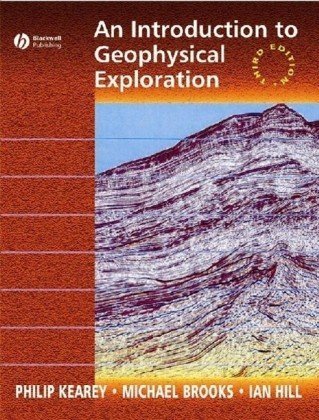
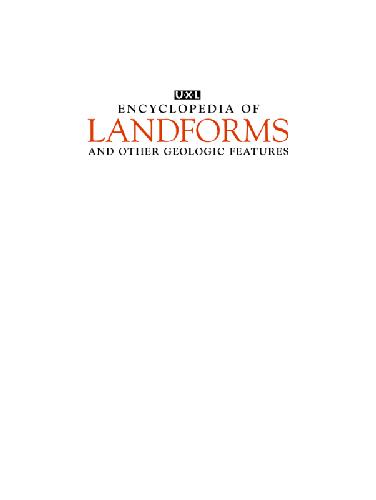
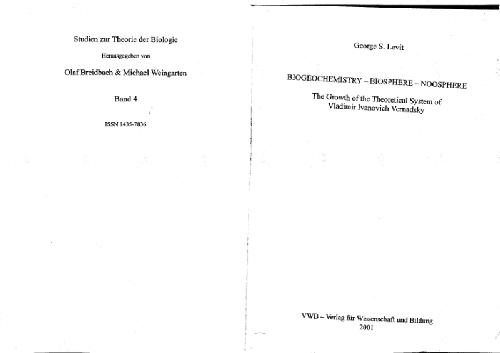


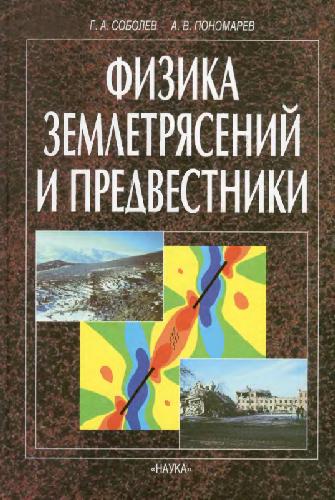
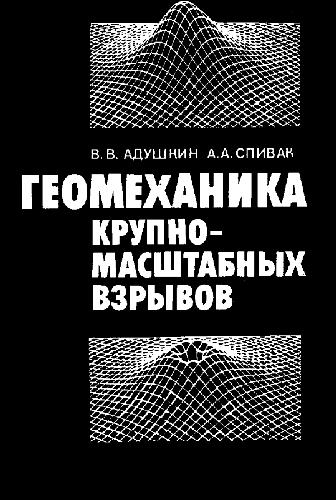
Reviews
There are no reviews yet.